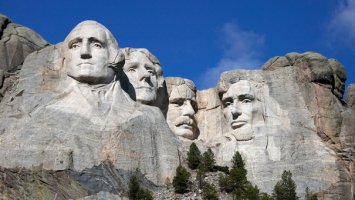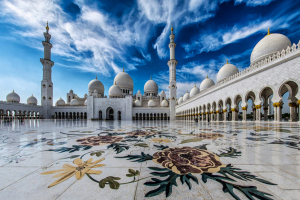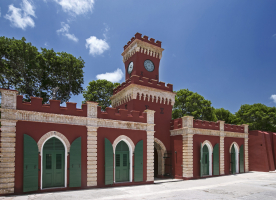Top 8 Most Beautiful Historical Sites in United Kingdom
The United Kingdom is an amazing travel location. The United Kingdom is an interesting island nation in northwest Europe that consists of England, Scotland, ... read more...Wales, and Northern Ireland. The United Kingdom is a fascinating blend of modern and old world ideas and customs. The United Kingdom, with its engaging cities and breathtaking countrysides, is home to some of the most fascinating historical landmarks and attractions. If you wish to immerse yourself in the seductive culture and distinct local cuisines that make up this lovely location, scroll down to discover this list of the Most Beautiful Historical Sites in United Kingdom.
-
The Portsmouth Historic Dockyard is a public part of HM Naval Base Portsmouth. The dockyard, which is now managed by the National Museum of the Royal Navy, has numerous ancient and notable ships, including HMS Victory, HMS Warrior, and the Mary Rose.
The Portsmouth Historic Dockyard is less than 5 miles from M27 Junction 12. Follow the brown and white signs to 'Historic Dockyard,' which will take you to our official 295-space car park, which is only 400 yards from the Victory Gate entrance. If this parking lot is full, there are alternatives nearby at Gunwharf Quays and Havant Street.
If taking public transportation, South Western Railway has frequent trains from London Waterloo to Portsmouth Harbour, with a 90-minute traveling time. Regular services to and from Southampton Central are also available, with connections to the South West and the West Country. The Portsmouth Harbour train station is about 200 yards from the Portsmouth Historic Dockyard entrance.
The Hard Interchange is served by a number of local and regional bus lines (adjacent to Portsmouth Historic Dockyard entrance).Location: Portsmouth, UK
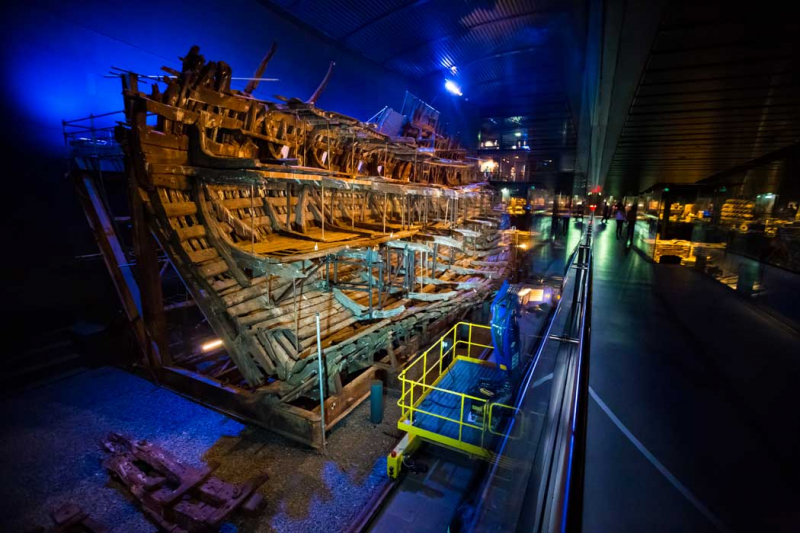
Photo: EnglandRover 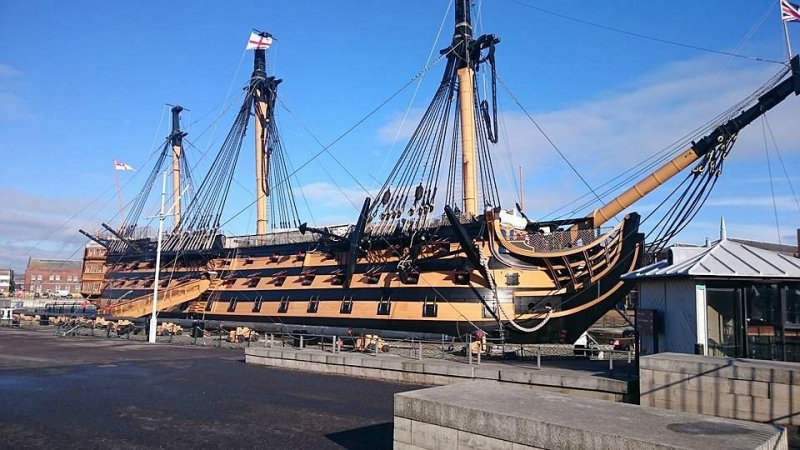
Photo: TripAdvisor -
Coming in at number two in the collection, Roman Baths - Bath is one of the most beautiful historical sites in United Kingdom.
The world-famous Roman Baths complex in Bath, UK, houses an extraordinary collection of thermal springs as well as a spectacular old Roman bathing house. The Roman Baths, unearthed in the nineteenth century, are one of the best preserved ancient Roman ruins in the UK and remain a significant tourist destination.
The Roman Baths were originally constructed as part of the town of Aqua Sulis, which was established in 44 AD. The baths, which were vast and sumptuous, could accommodate considerably more people than simply the population of this town and were designed to be a destination for Romans from all over the Empire. Spa's baths, like other modern bath complexes, were a focal point for the town: a place for socializing and spirituality.
It's no surprise that the Romans selected Bath to create such wonderful baths. Hot springs from the Mendip Hills come to the Roman Baths at a temperature of 46 degrees Celsius and increase owing to immense pressure.
The Celts consecrated these springs to the Godess Sulis before the Romans discovered them. The Romans associated Sulis with their own divinity, Minerva, and retained the old name by naming the town Aqua Sulis - Sulis' waters.Location: Bath, UK
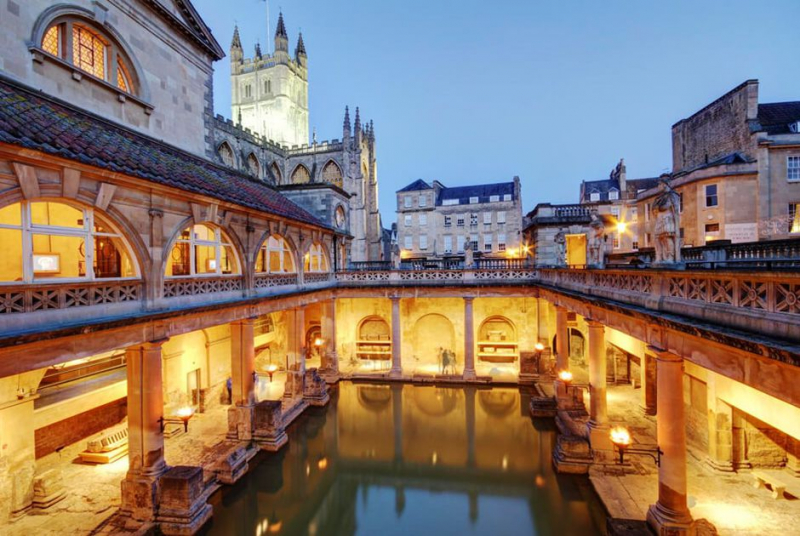
Photo: Yeudulich Video: Classic TV -
Caernarfon Castle is a beautiful medieval fortification in Wales erected in the 13th century by Edward I. Caernarfon, a UNESCO World Heritage Site, invites thousands of tourists each year to learn about its rich history and awe-inspiring architecture.
Caernarfon Castle's construction began after Edward I's conquest of Wales in 1283 and was finished by 1330. To keep his grip on the insurgent area, the monarch surrounded it with a "iron ring" of fortresses that included Caenarfon, Conwy, Harlech, and Beaumaris. Caernarfon Castle was a grand and majestic stronghold, royal residence, and political center, with elements reminiscent of imperial Rome and Arthurian mythology.
Caernarfon has recently been in the center of royal ceremonial once more. The investiture of Prince Charles as Prince of Wales took place within its shell in 1969, and he delivered a speech partially in Welsh to honor the historic position he inherited.
Location: Caernarfon
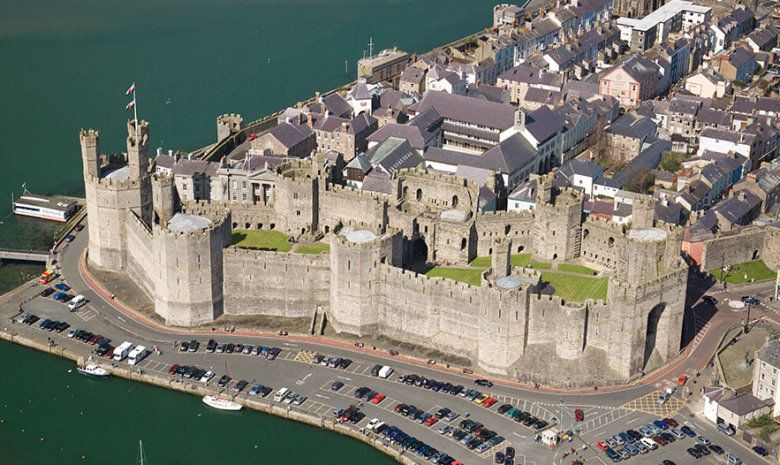
Photo: Pinterest 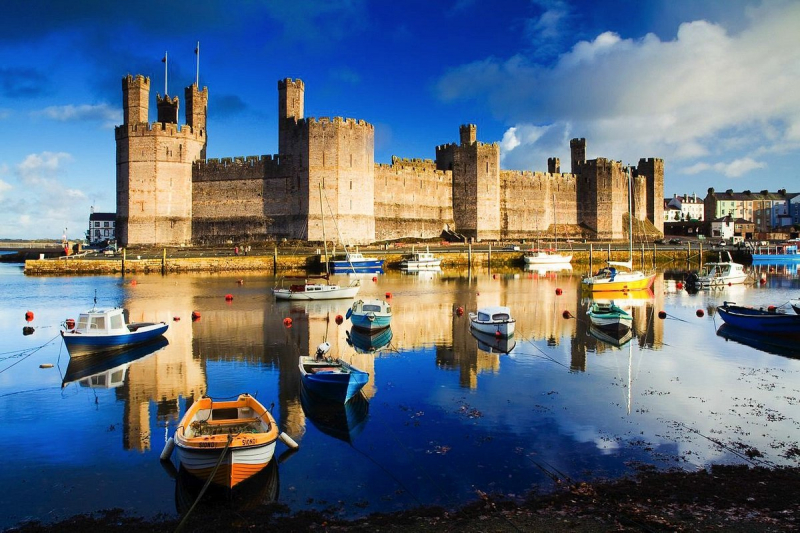
Photo: TripAdvisor -
Ironbridge Gorge is a historical environment in Shropshire that was instrumental in igniting the 18th century Industrial Revolution and remains a potent icon of the time. It is generally recognized as the cradle of modern-day industry and has been a UNESCO World Heritage site since 1986, spanning an area of approximately 5.5 square kilometers.
Ironbridge Gorge originated near the end of the Last Glacial Period, when thorough exposure of the rocks revealed economic amounts of coal, iron ore, limestone, and fireclay.
These resources contributed in the early phases of the Industrial Revolution's fast economic expansion, since they aided in the creation of iron, tiles, and porcelain, while the River Severn that flows through the valley provided for easy transit of products to the sea.
The gorge's settlements quickly grew into strong manufacturing centers, which is reflected in several of their names today: Coalbrookdale, Coalport, and Ironbridge.Location: Ironbridge, UK
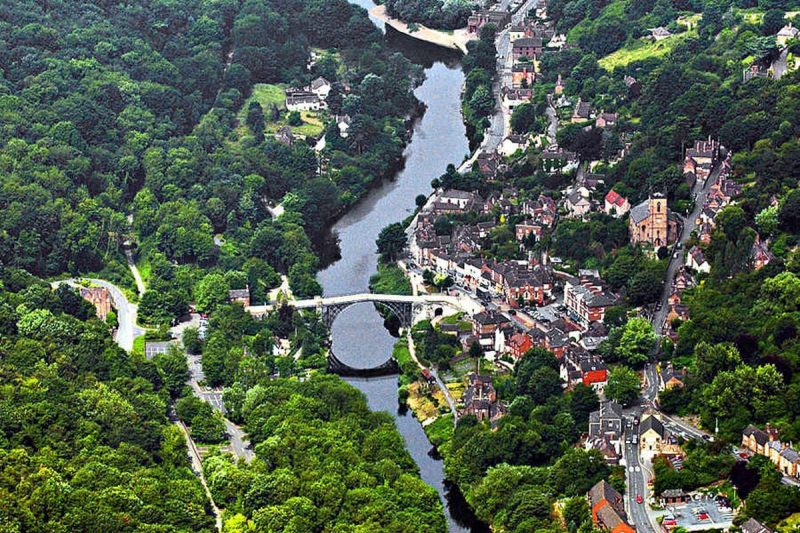
Photo: Shropshire Star 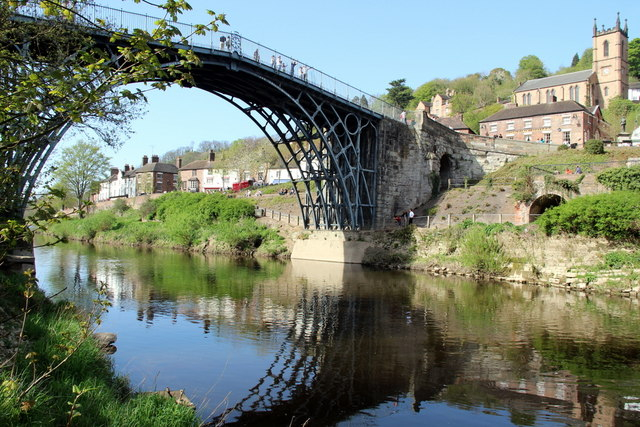
Photo: Geograph -
Corfe Castle is a beautiful 11th century castle in Dorset that has served a variety of functions during its thousand-year existence, ranging from royal home to military fortress. Today, Corfe Castle gives an intriguing glimpse into Britain's medieval past, attracting people from all over the world with its gorgeous vistas and towering edifice.
The modern Corfe Castle was established in 1066 by William the Conqueror, although the location was historically significant far before that. Legend has it that the young Edward the Martyr was slain there in 978 amid a scheme to install his half-brother Ethelred 'the Unready' as ruler when a Saxon hall existed on the site. Edward was eventually canonized, and his feast day is celebrated on the anniversary of his death, March 18th.
Corfe Castle is located in the Dorset settlement of the same name and is accessible through the A351 road from Wareham to Swanage. Parking is accessible on the A351 beside the castle mound or in the adjoining Purbeck Park. The nearest train station is Wareham, from which a 15-minute bus ride to the village is available. The property is then a 10-minute walk from the Village Centre bus stop.
Location: Dorset, UK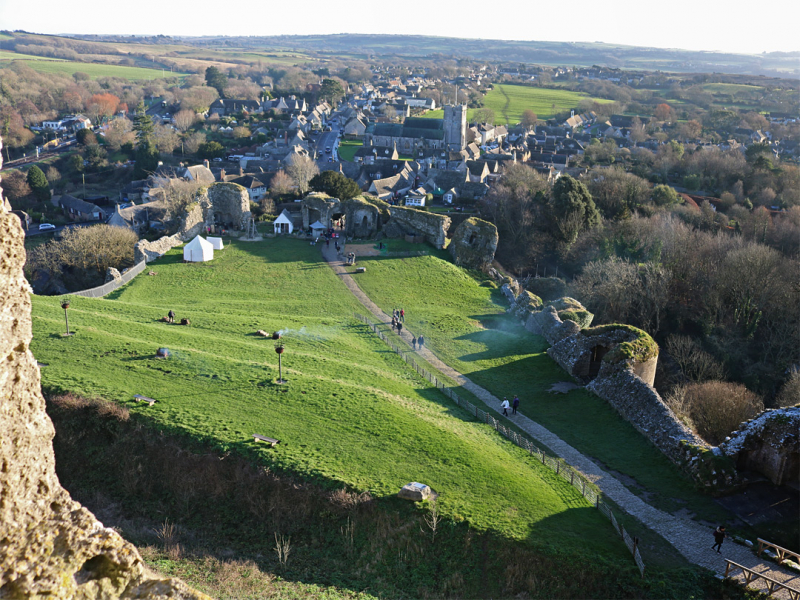
Photo: US SOUTHWEST 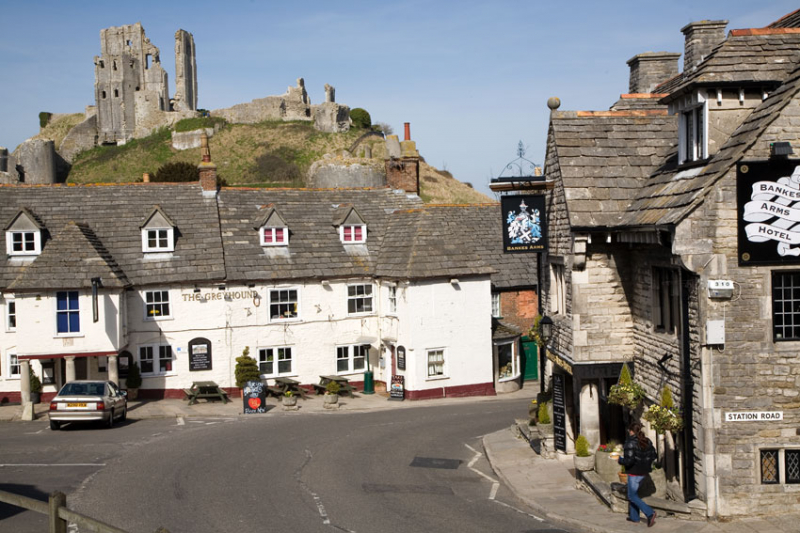
Photo: The Dorset Guide I -
Edinburgh Castle is one of the most famous castles in the world, serving as a royal palace, crucial fortress, and iconic landmark. It is a must-see for travelers wishing to understand the interesting past of the United Kingdom and has something for history aficionados of all eras.
Edinburgh Castle has been known by its English name since the invasion of the Angles in 638AD, but it was originally mentioned in 600 as "Din Eidyn" or "the castle of Eidyn."
However, long before the Angles, the position of Edinburgh Castle had acted as a crucial fortress for ages. Archaeologists discovered human settlement on the rock upon which the castle is built as early as 900 BC, during the late Bronze Age. Over the years that followed, Edinburgh Castle served as an important defensive edifice while also becoming an important aspect of Scottish history.
Edinburgh Castle is positioned at the summit of Castlehill in the city center of Edinburgh. Edinburgh Waverly train station is a 7-minute walk away, and many local bus routes go to Victoria Street, which is a 5-minute walk away.Location: Edinburgh, UK
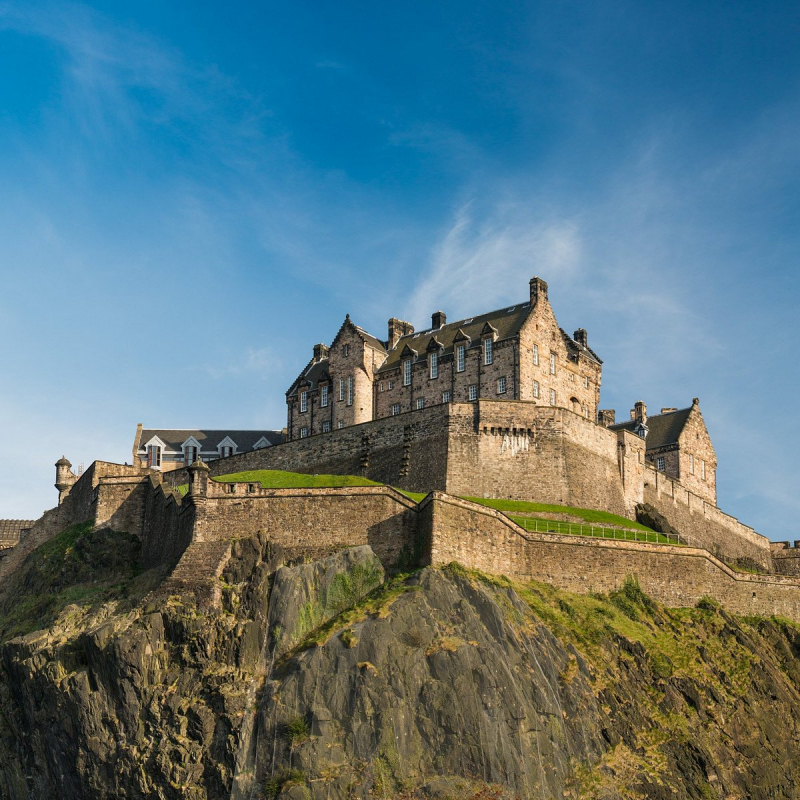
Photo: TripAdvisor 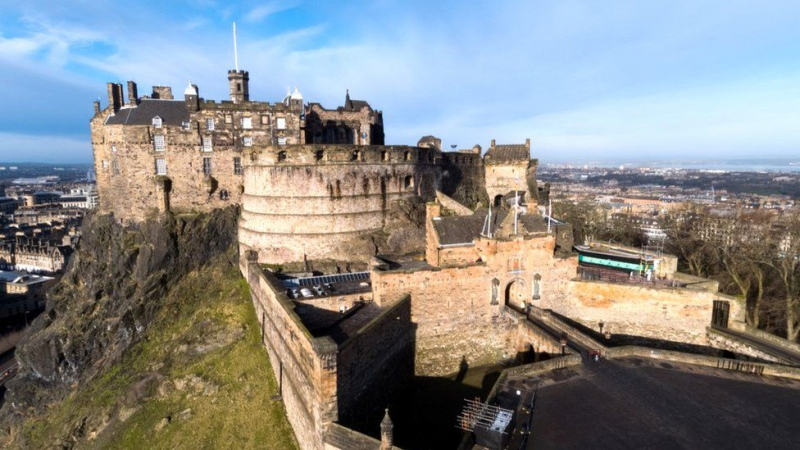
Photo: BBC -
Bletchley Park is an English country home and estate located 50 miles north of London near Milton Keynes. Originally the eccentric house of the Leon family, Bletchley Park was taken up by MI6 and became a major British espionage center in 1938.
The Leon family initially acquired Bletchley Park in 1883, when Sir Samuel Herbert Leon purchased the estate and began extending its pre-existing farmhouse. The Leons lived at the following mansion, which had Tudor, Dutch Baroque, and Victorian Gothic architectural architecture, until 1937. It was later purchased by a property developer who intended to build a housing development on the land, but Bletchley had other designs.
Bletchley Park is located in Bletchley, Milton Keynes, and is accessible by M1 Junction 13. There is little parking on-site, but Bletchley railway and bus stations are a few minutes' walk away, so taking public transportation may be preferable.
Location: Bletchley, UK
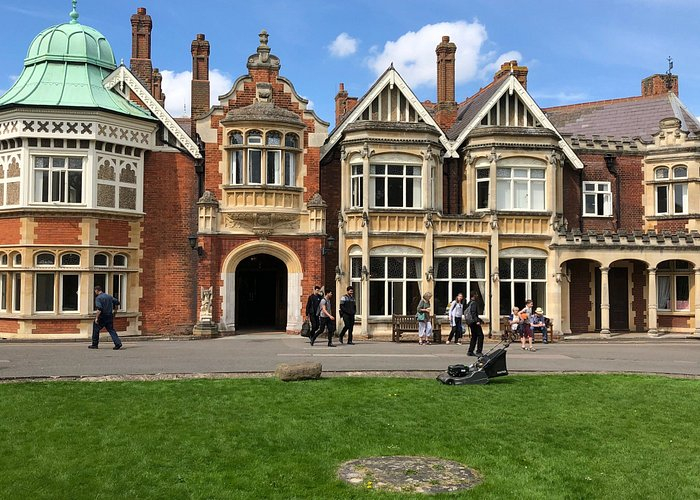
Photo: TripAdvisor 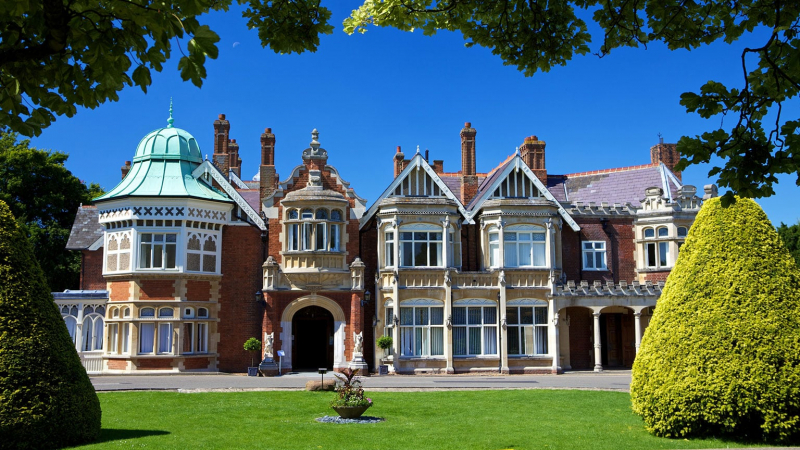
Photo: Art Fund -
Skara Brae is a Neolithic settlement in the Orkney Isles, off the coast of mainland Scotland. It is also one of the most beautiful historical sites in United Kingdom.
Skara Brae is a beautiful example of Neolithic craftsmanship, with robust stone slab constructions insulated and preserved by the clay and household waste that keeps them together.
Skara Brae was occupied between 3,200 and 2,00 BC, but it wasn't discovered until 1,850 AD, when a storm ravaged the Bay of Skaill and uncovered the settlement. Following excavation, a sequence of organized buildings were discovered, each with what can only be described as "fitting furniture," such as a dresser, a central fireplace, box beds, and a tank that is thought to have housed fishing bait.
Visitors to Skara Brae may see the original spectacular residences as well as a recreated one that accurately depicts Neolithic life. The adjoining visitor center houses many of the objects discovered at Skara Brae and provides an overview of the site's history via touch screen displays.Location: Scotland, UK
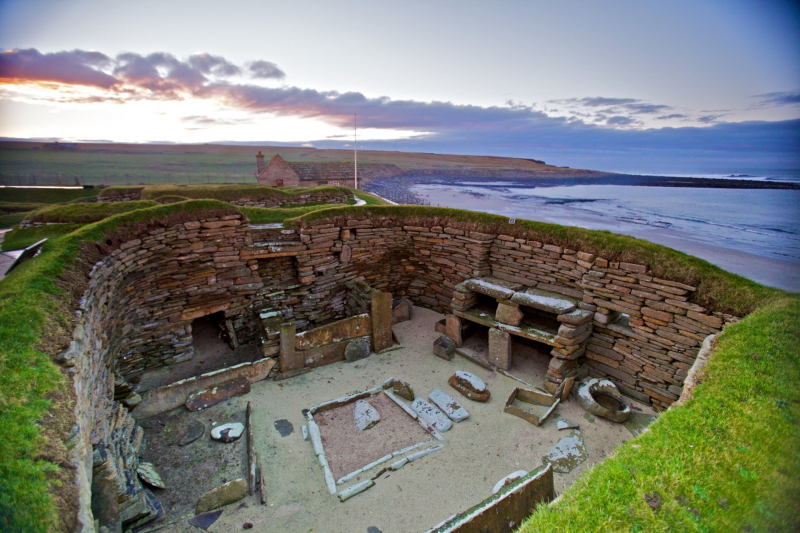
Photo: Orkney 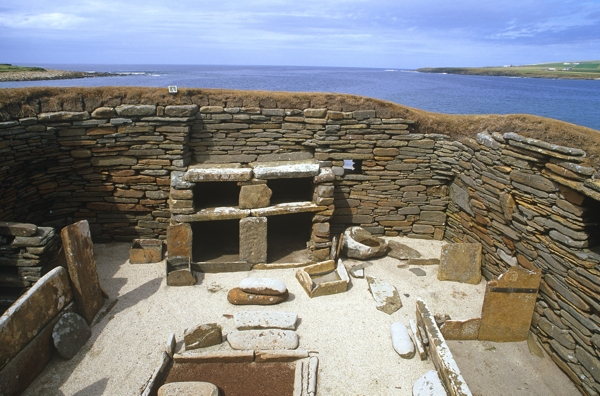
Photo: Visit Scotland











